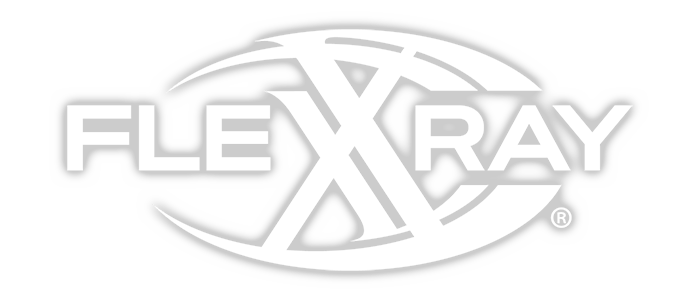Resources & Insights
We’ve created the following resources in collaboration with internal and external industry experts to better help you mitigate foreign material contamination and other quality assurance concerns.
We’ve created the following resources in collaboration with internal and external industry experts to better help you mitigate foreign material contamination and other quality assurance concerns.
Contact Us

FlexXray is a leading provider of X-ray inspection and contaminant retrieval services. We help 1,100+ businesses protect their products, keeping customers safe. We provide food safety resources and educational content to impact the food and manufacturing industries. If your product has a foreign contaminant, FlexXray can find it.
Terms & Conditions | Privacy Policy | Copyright 2024.